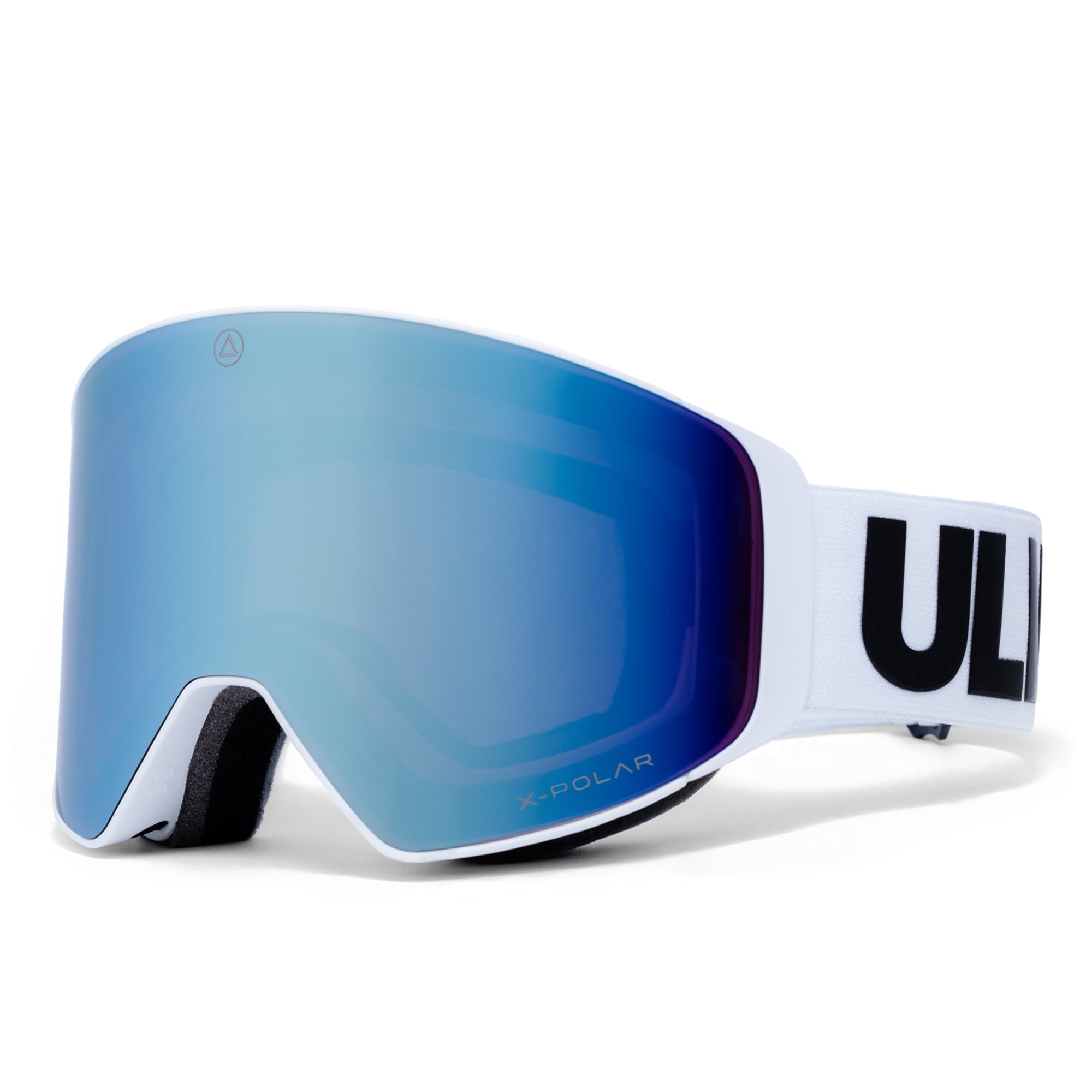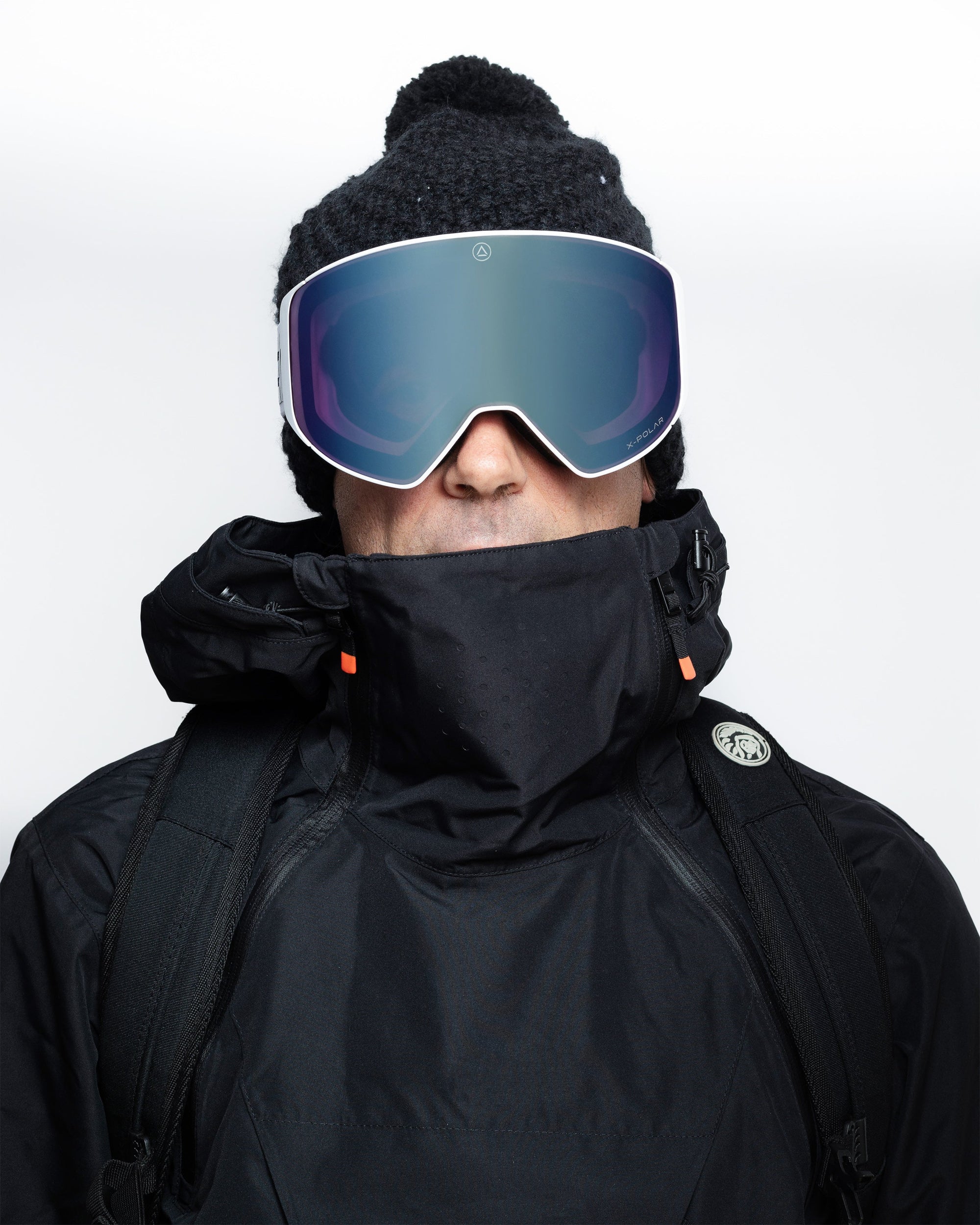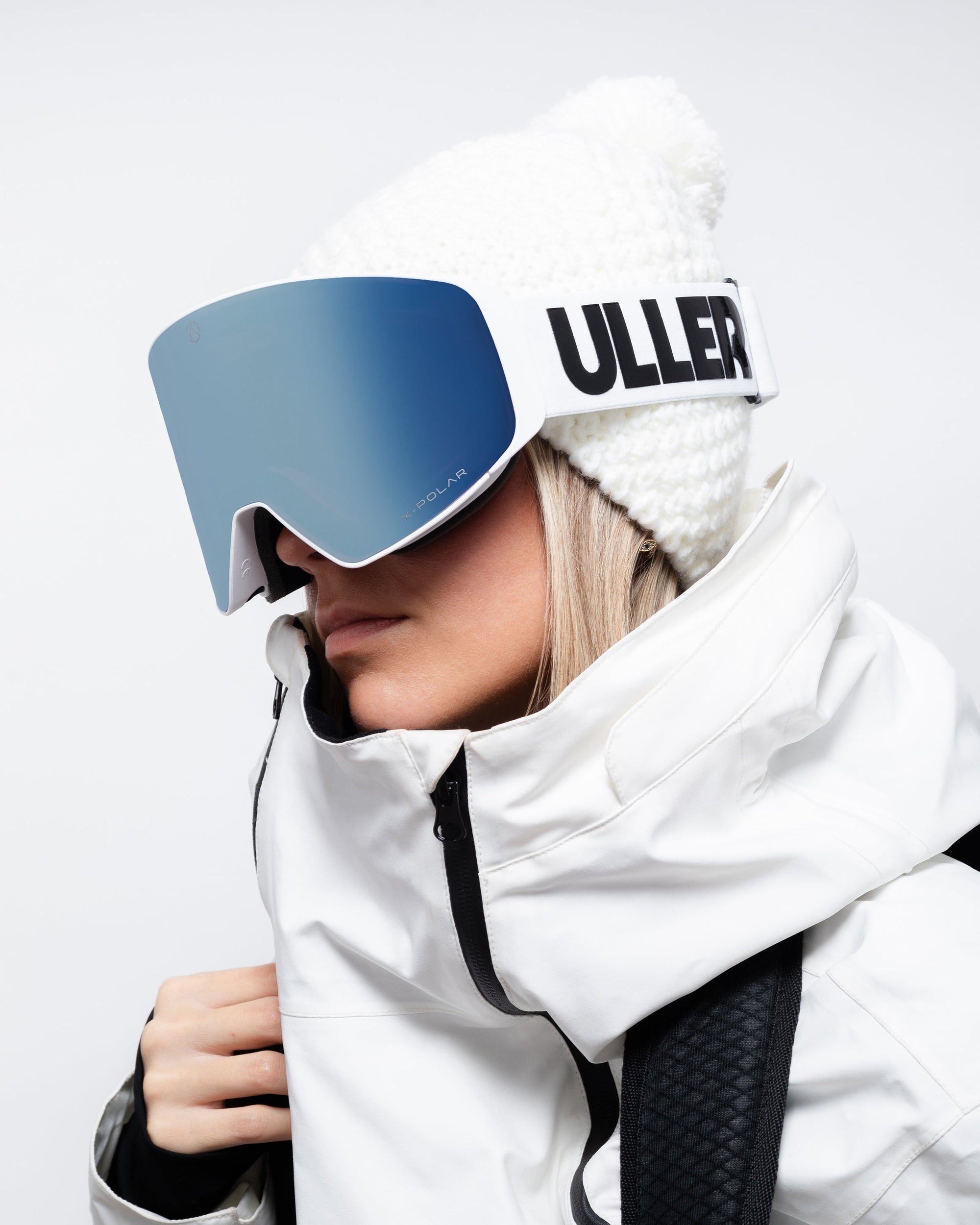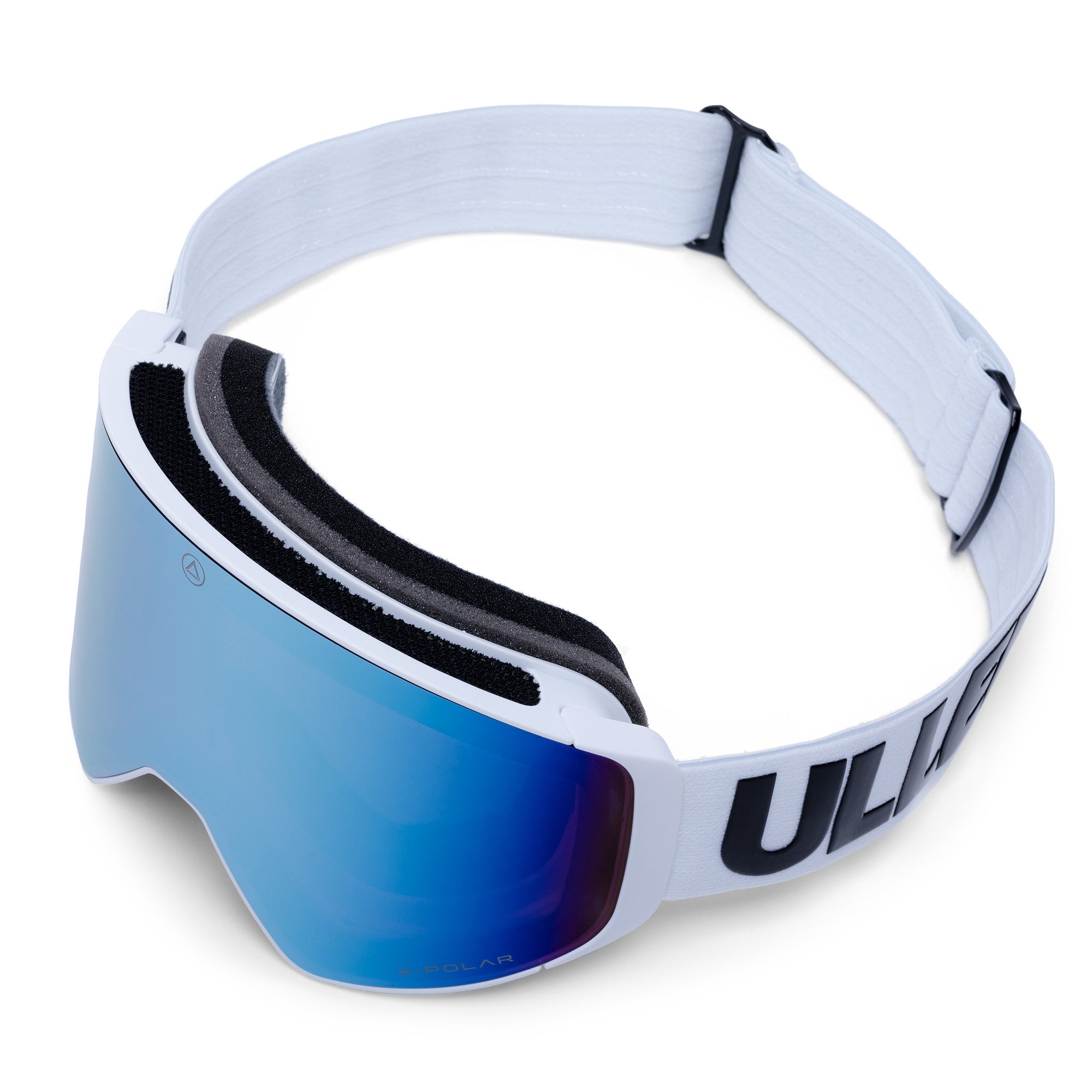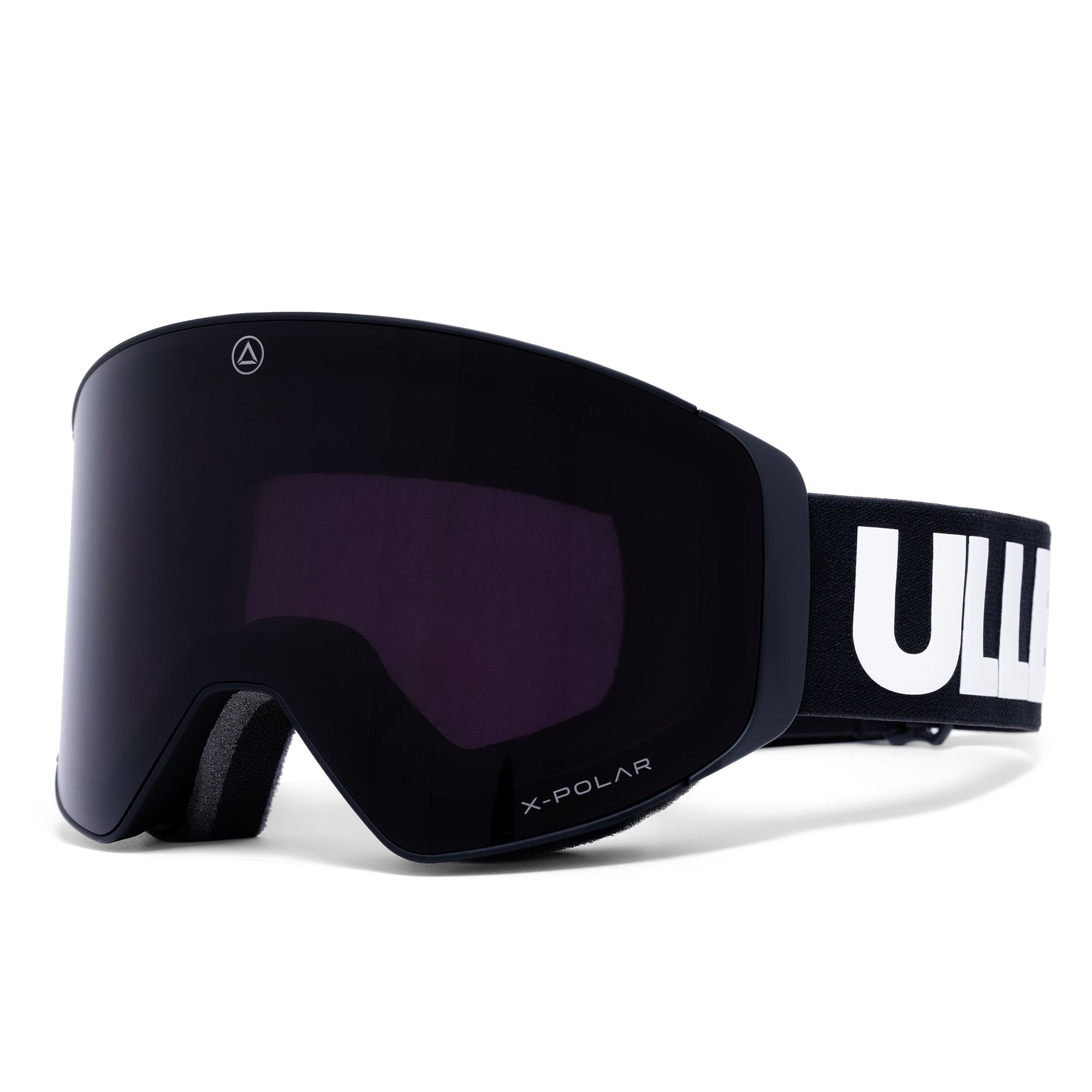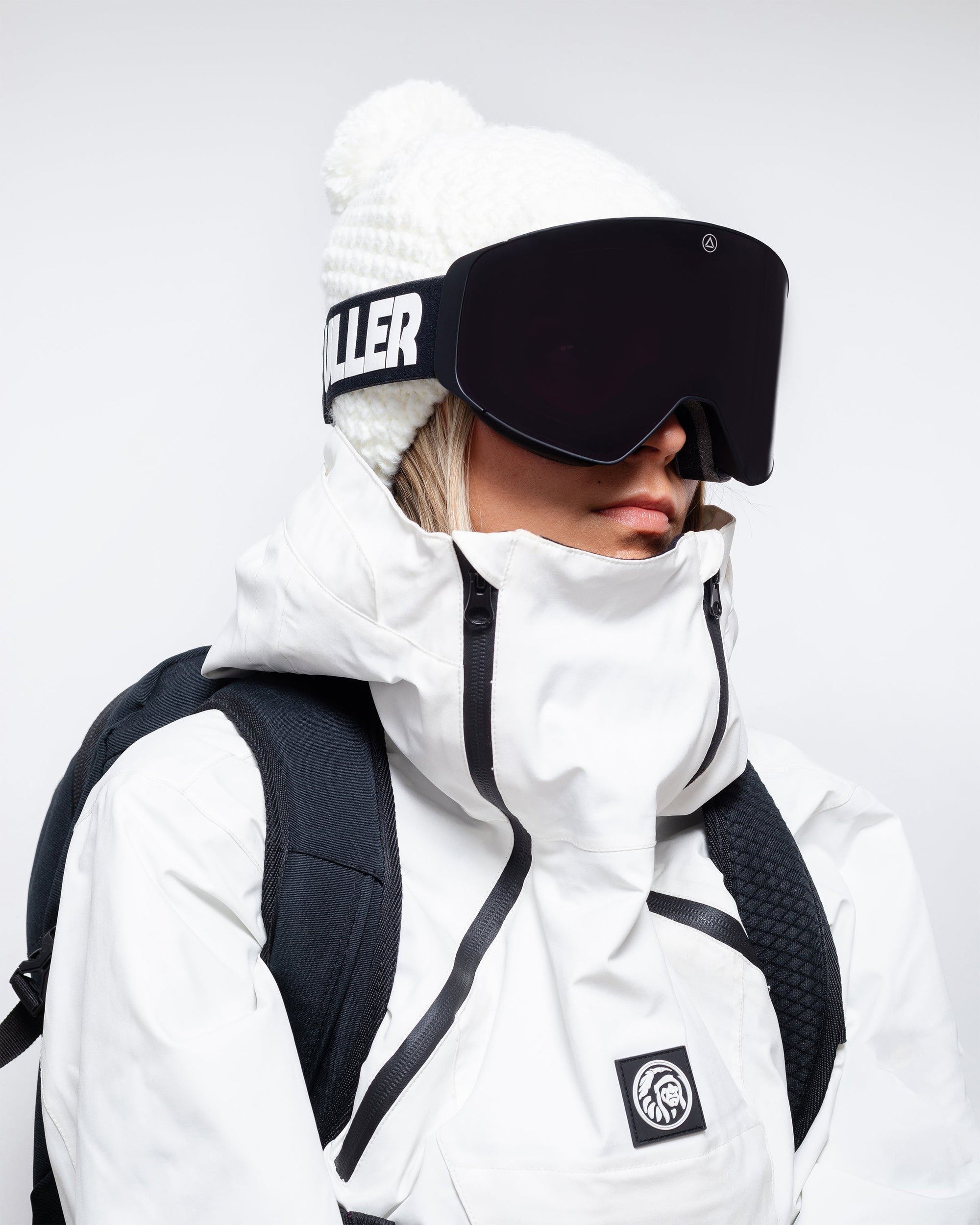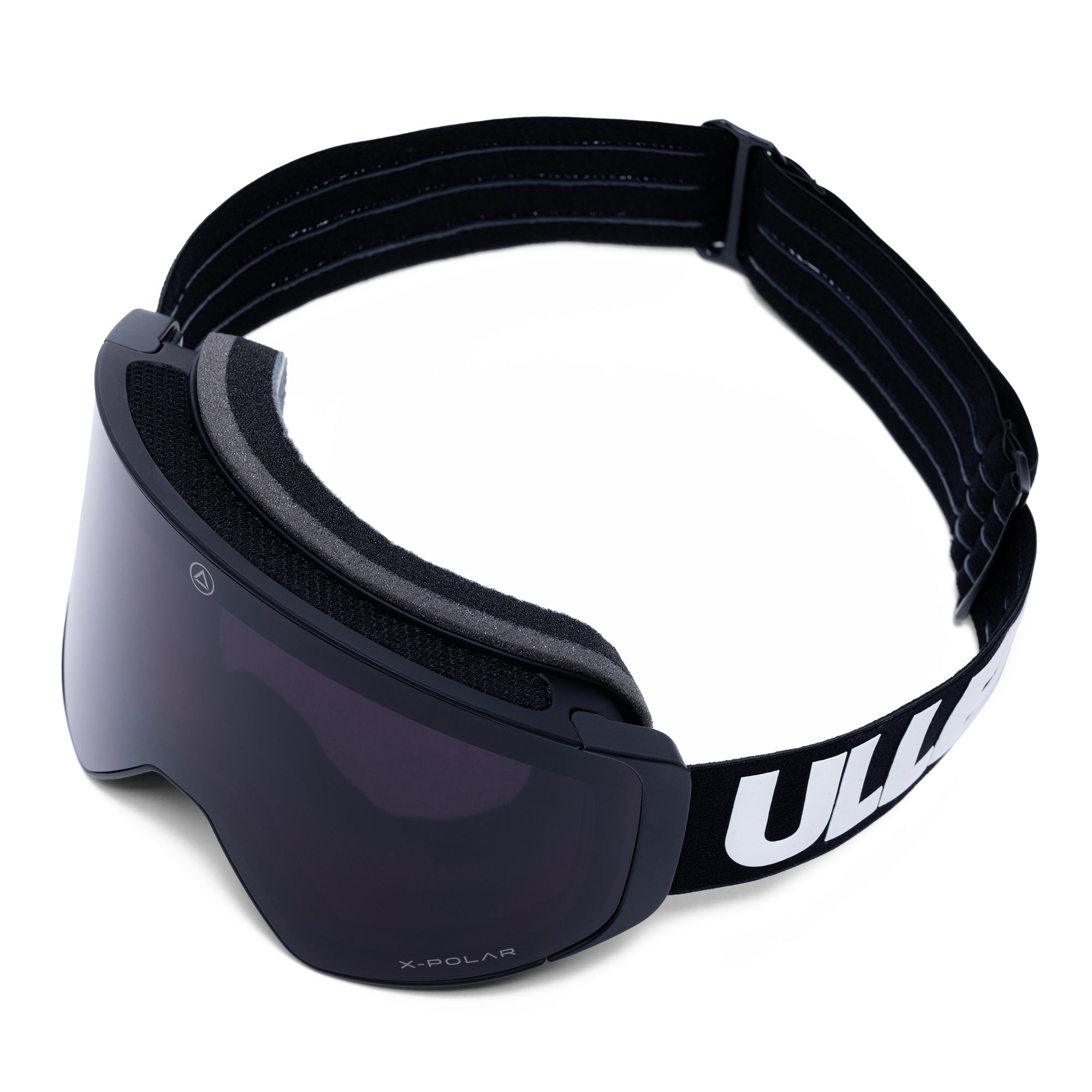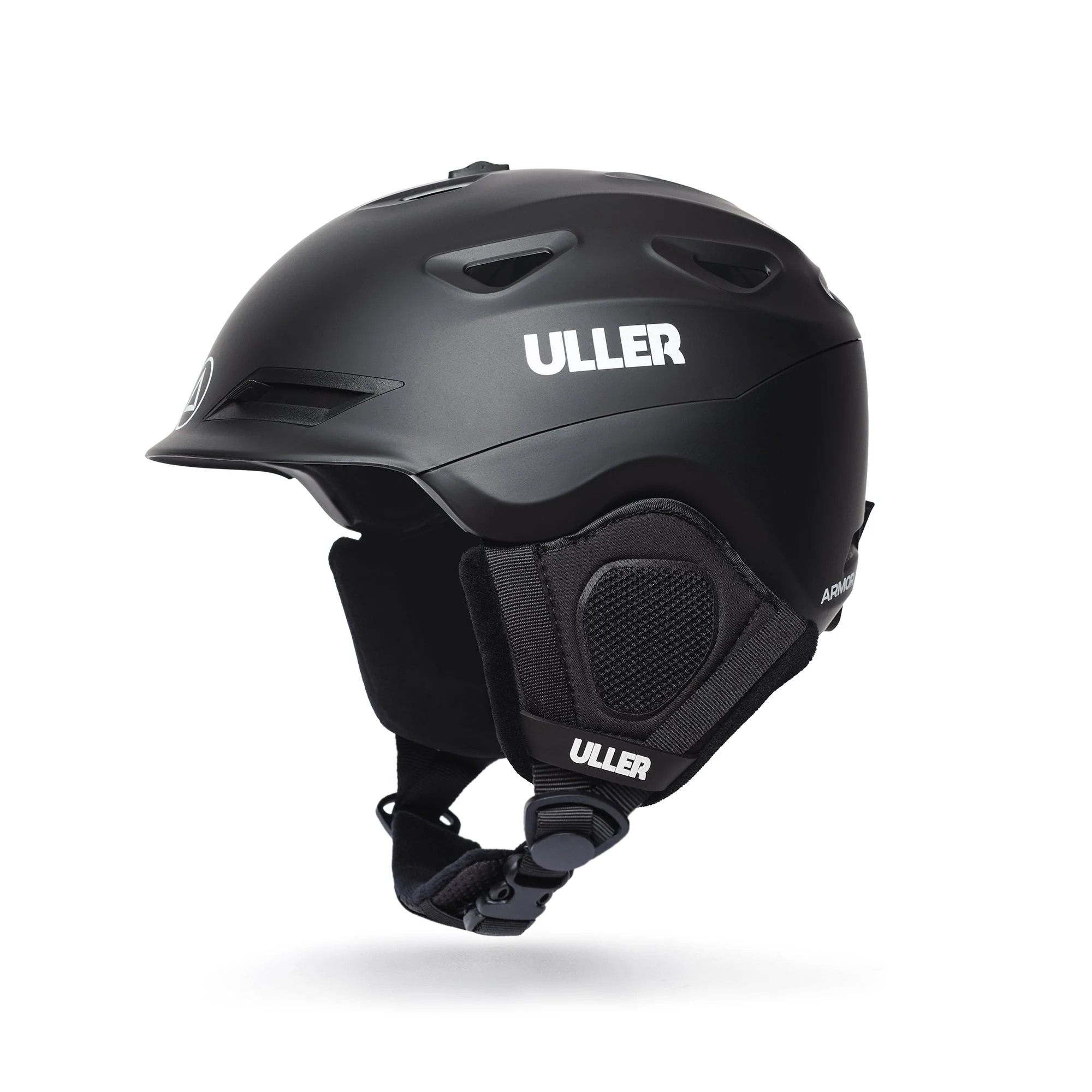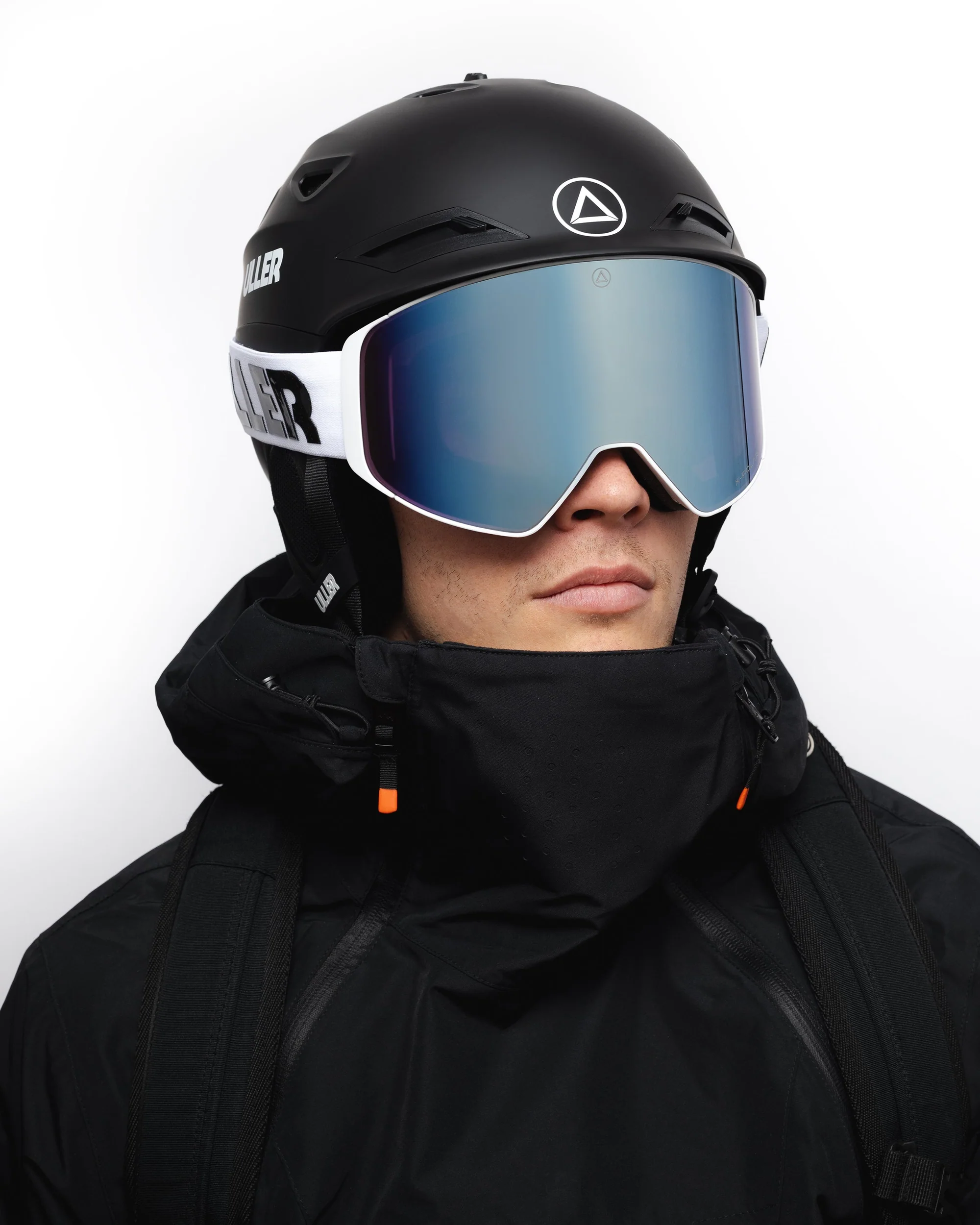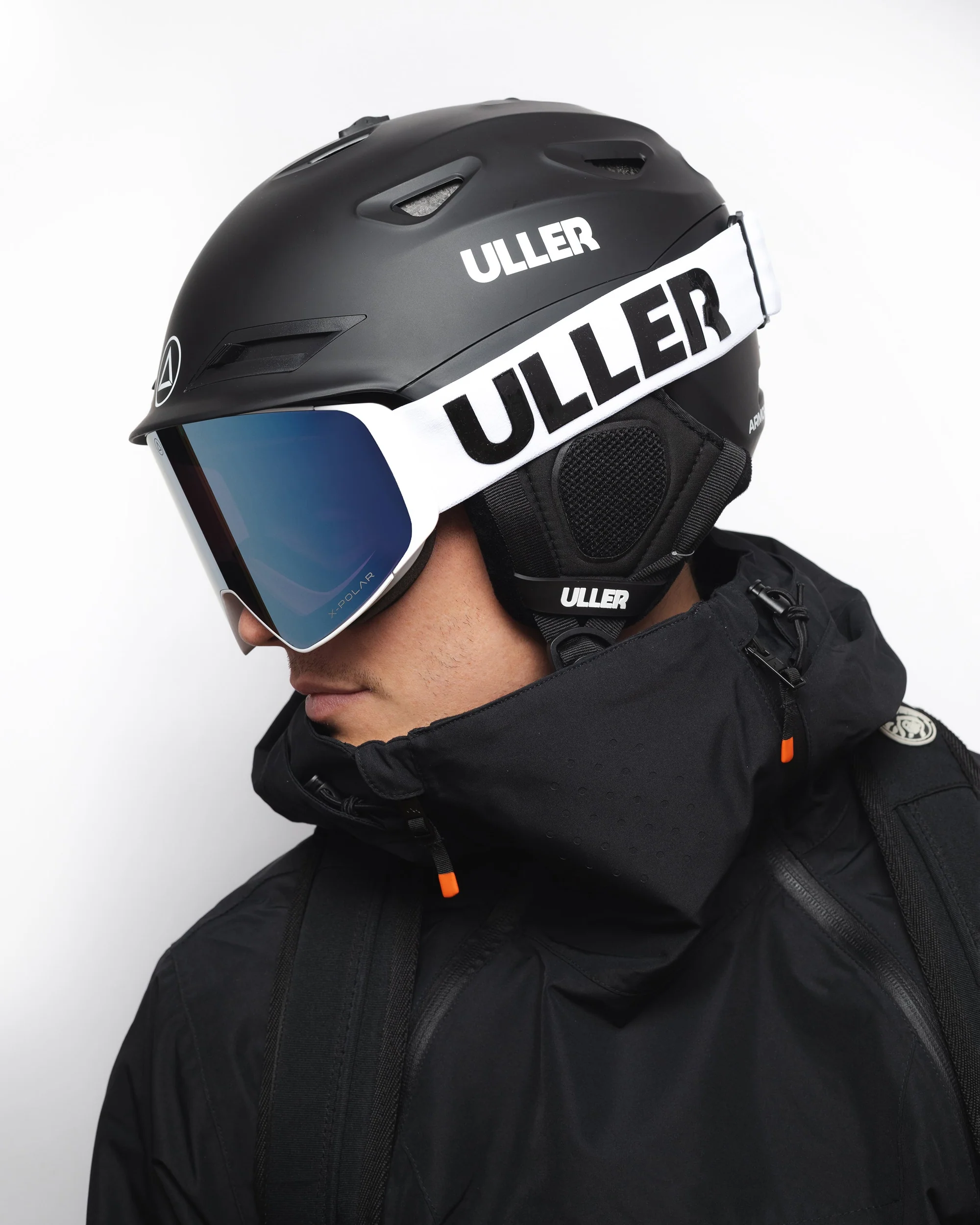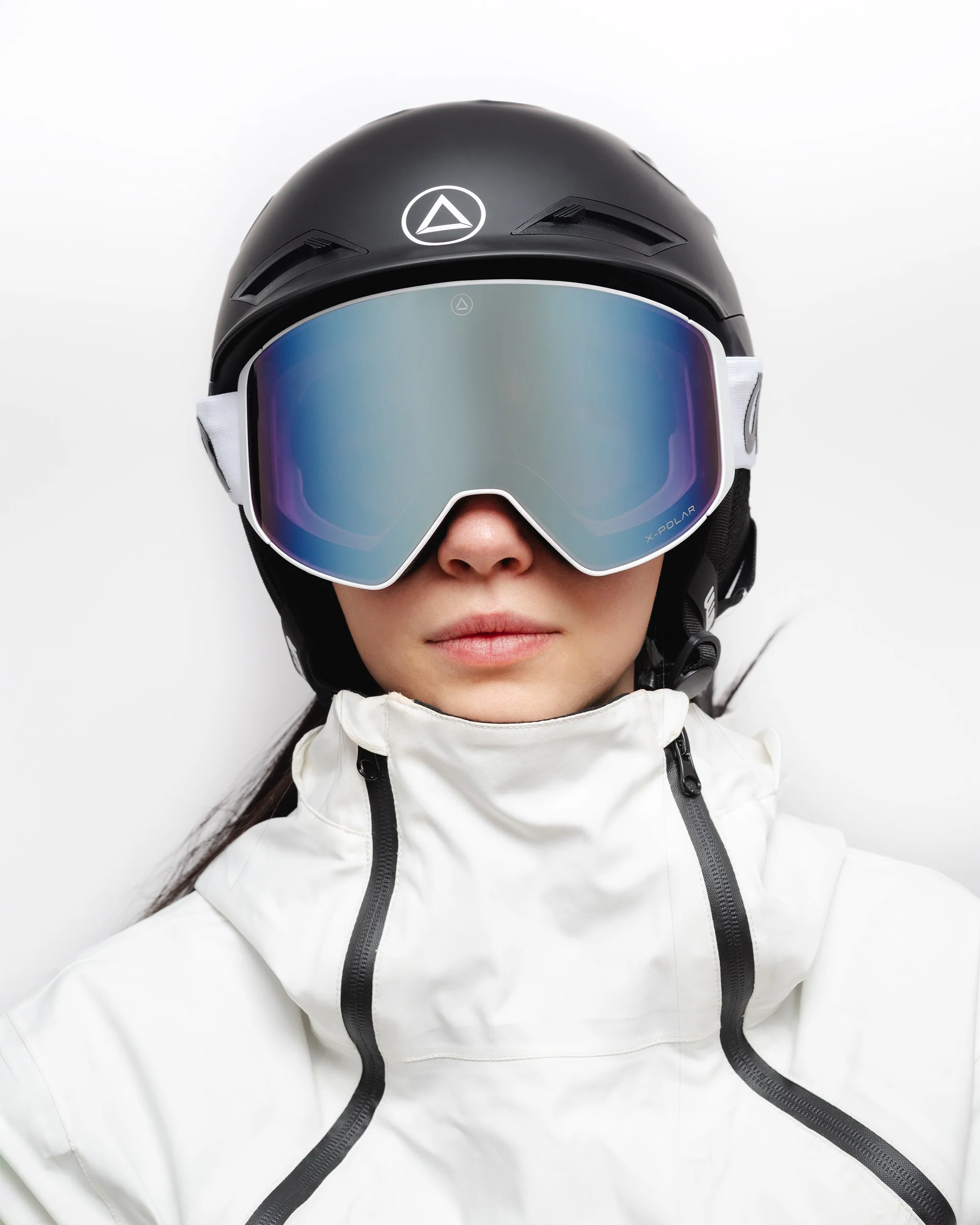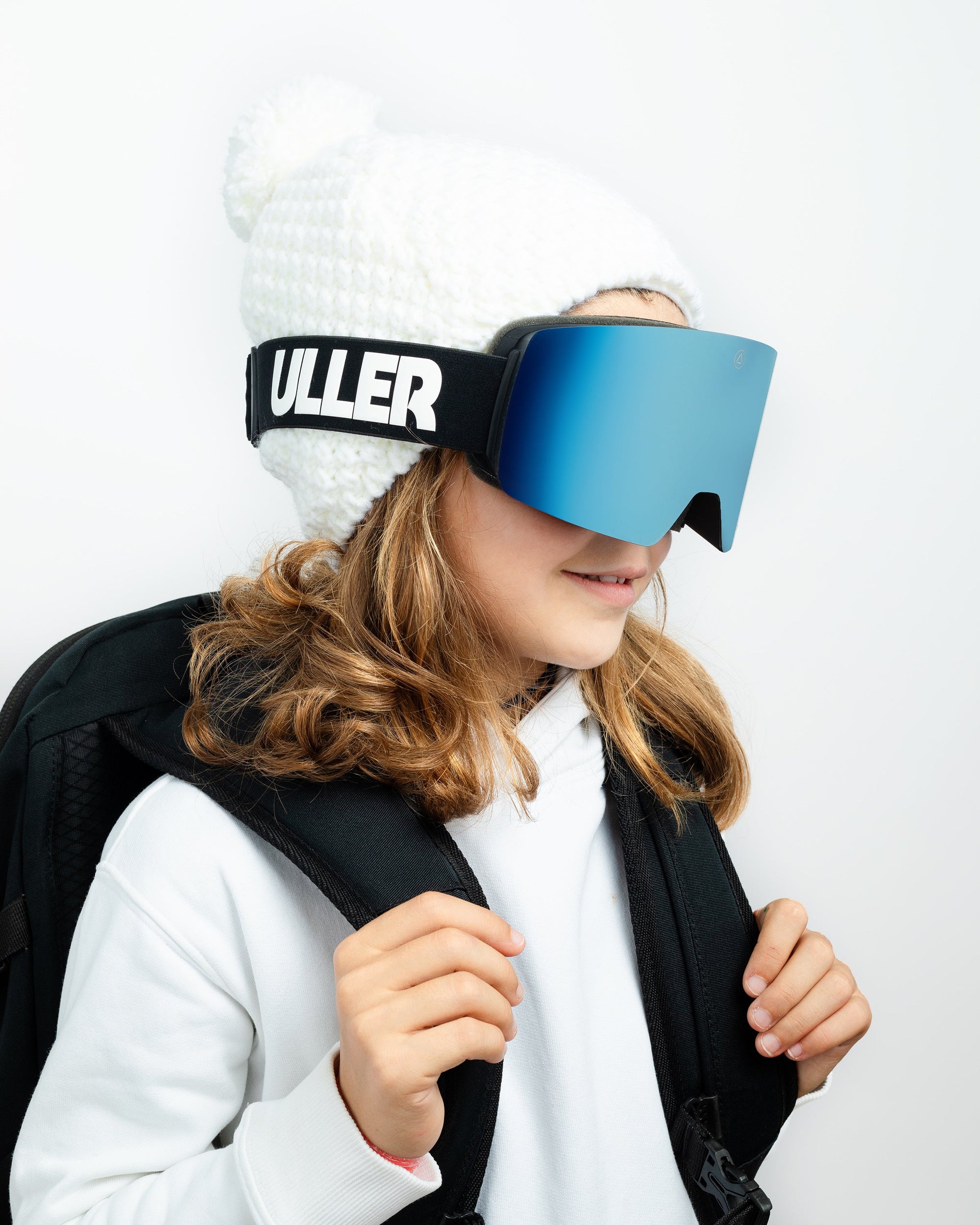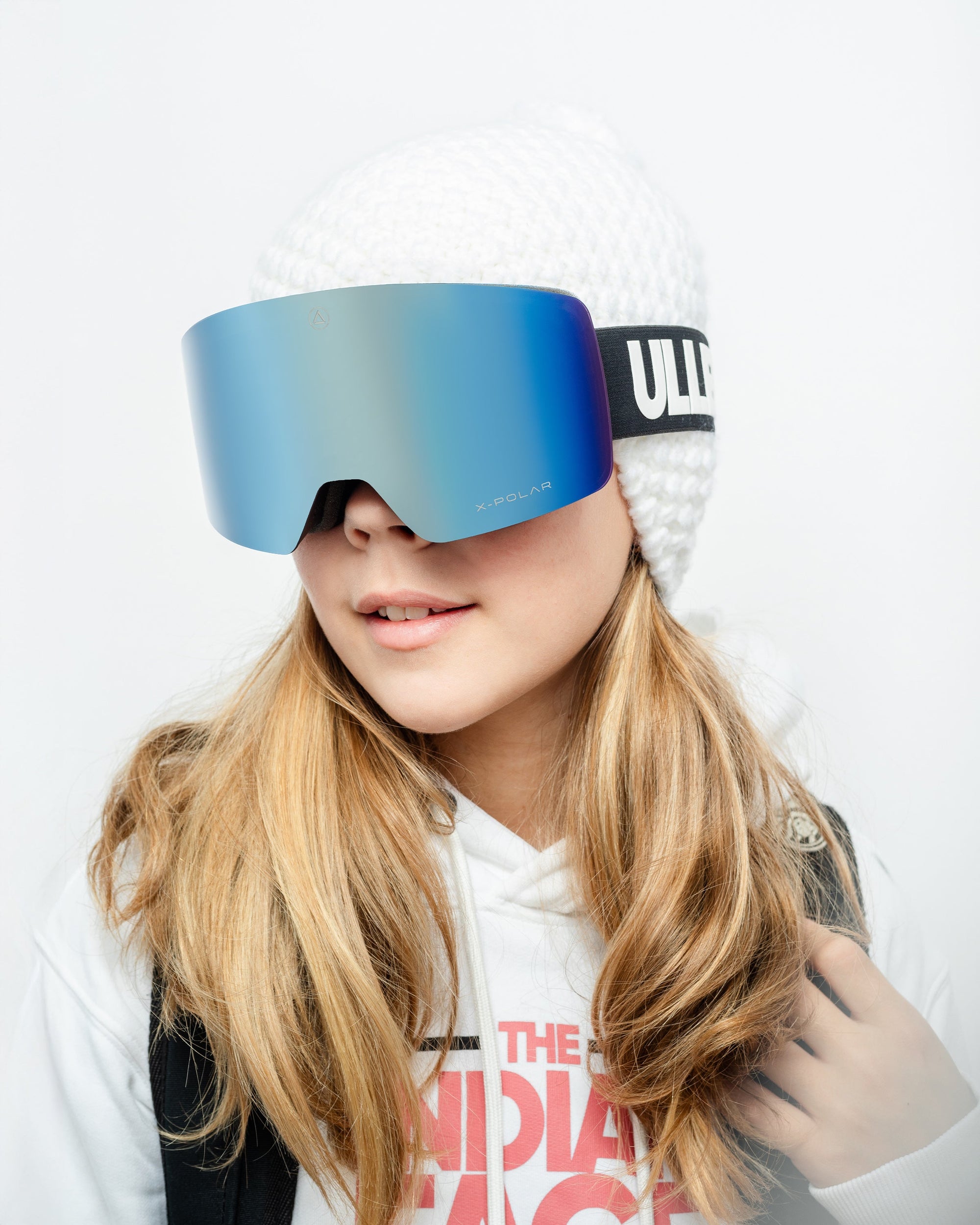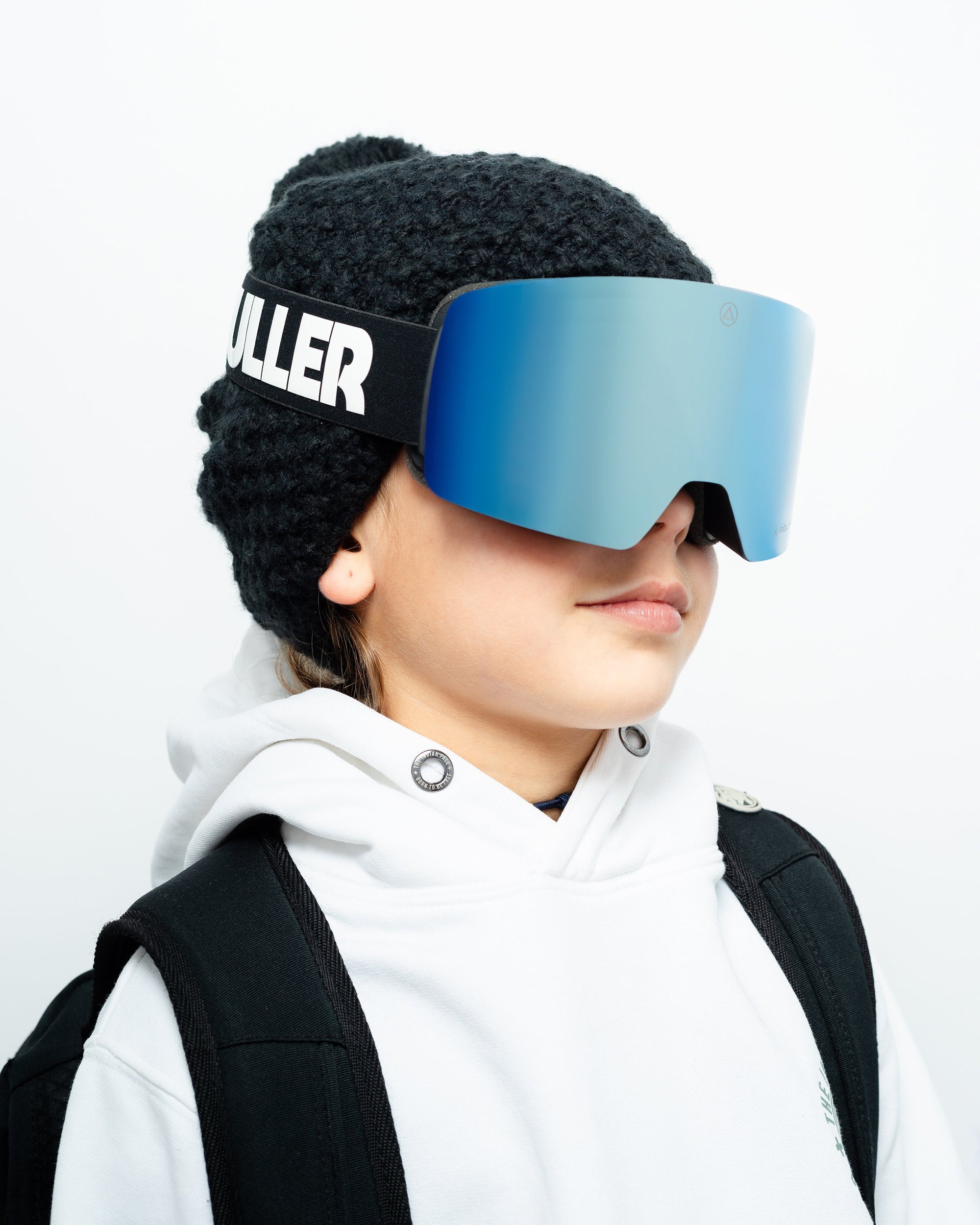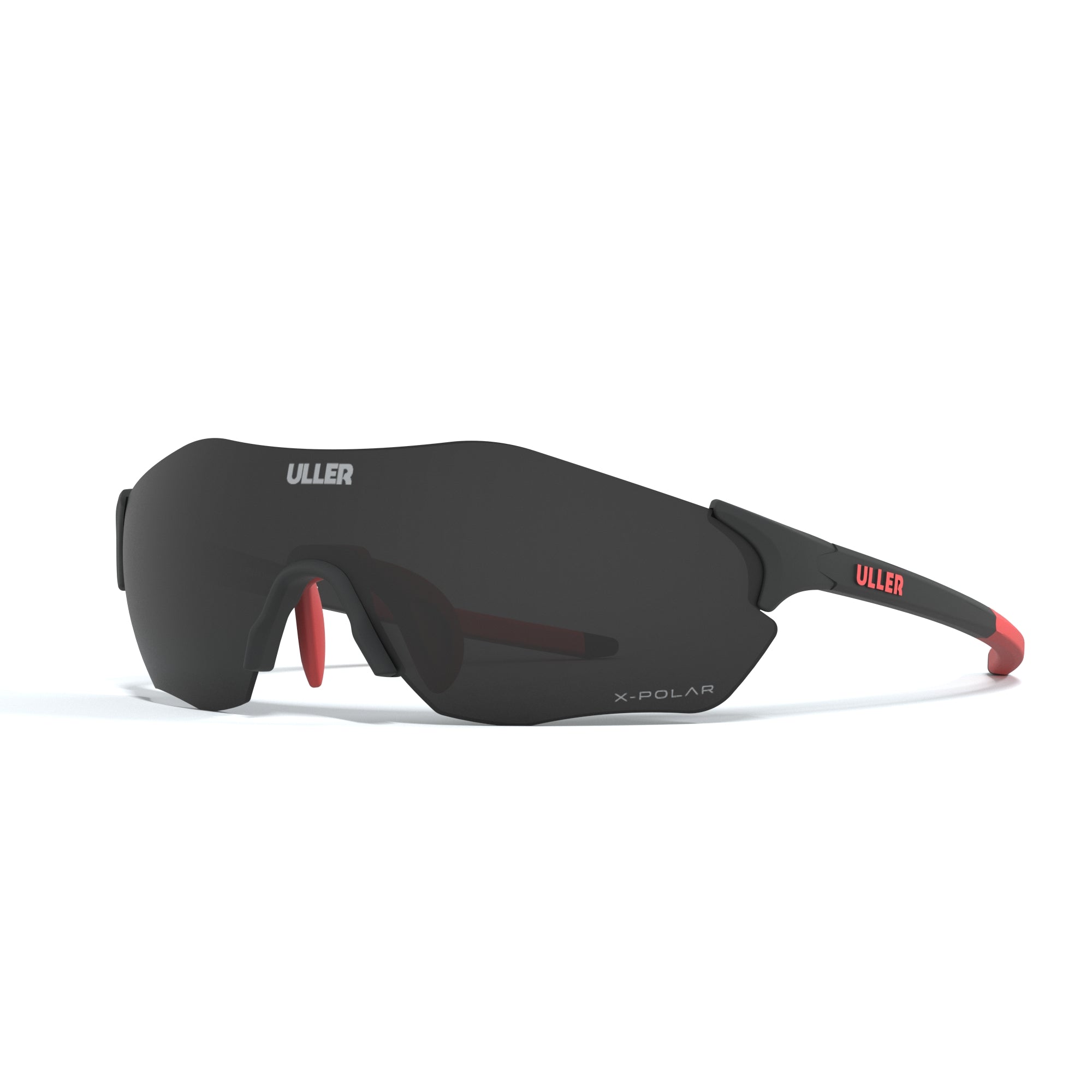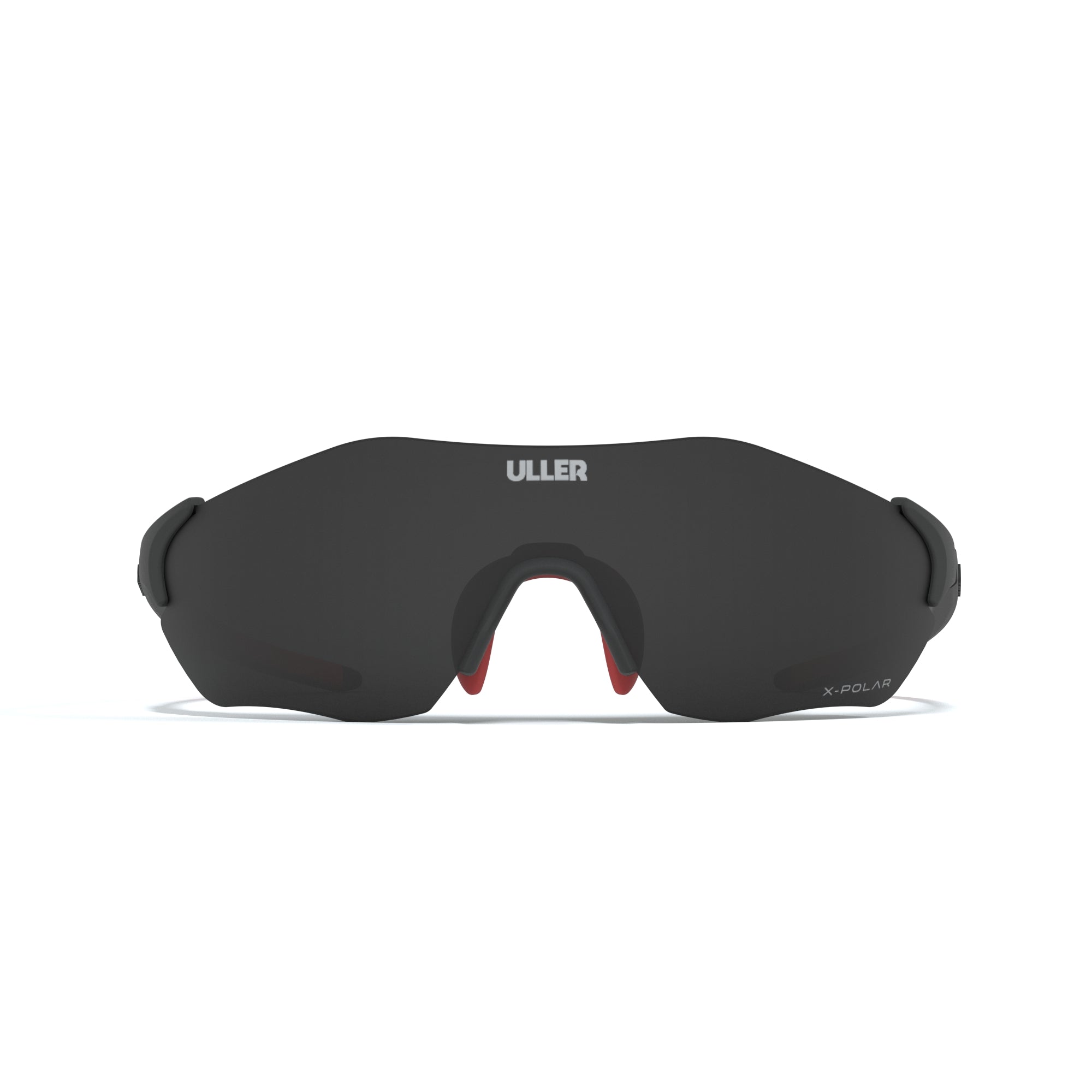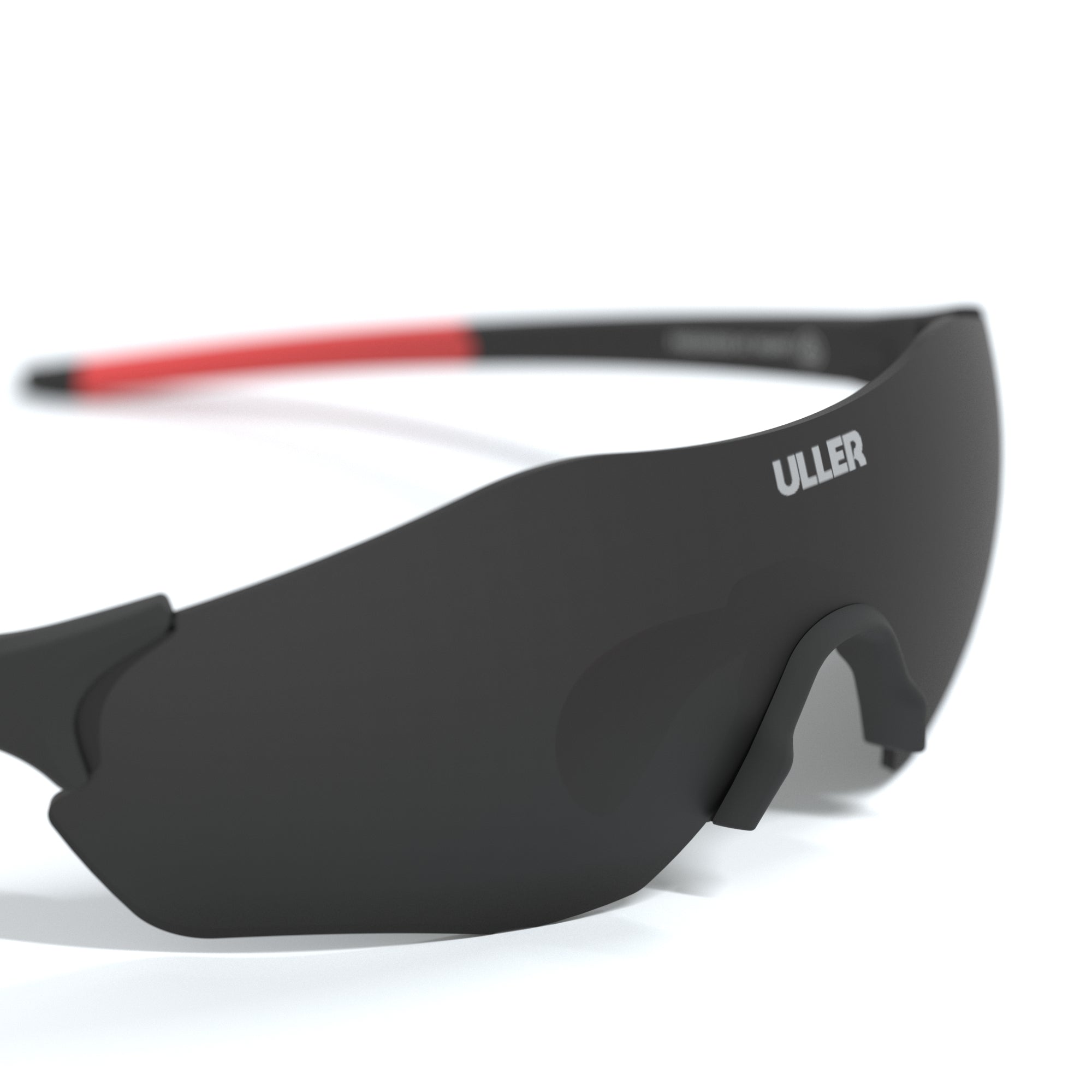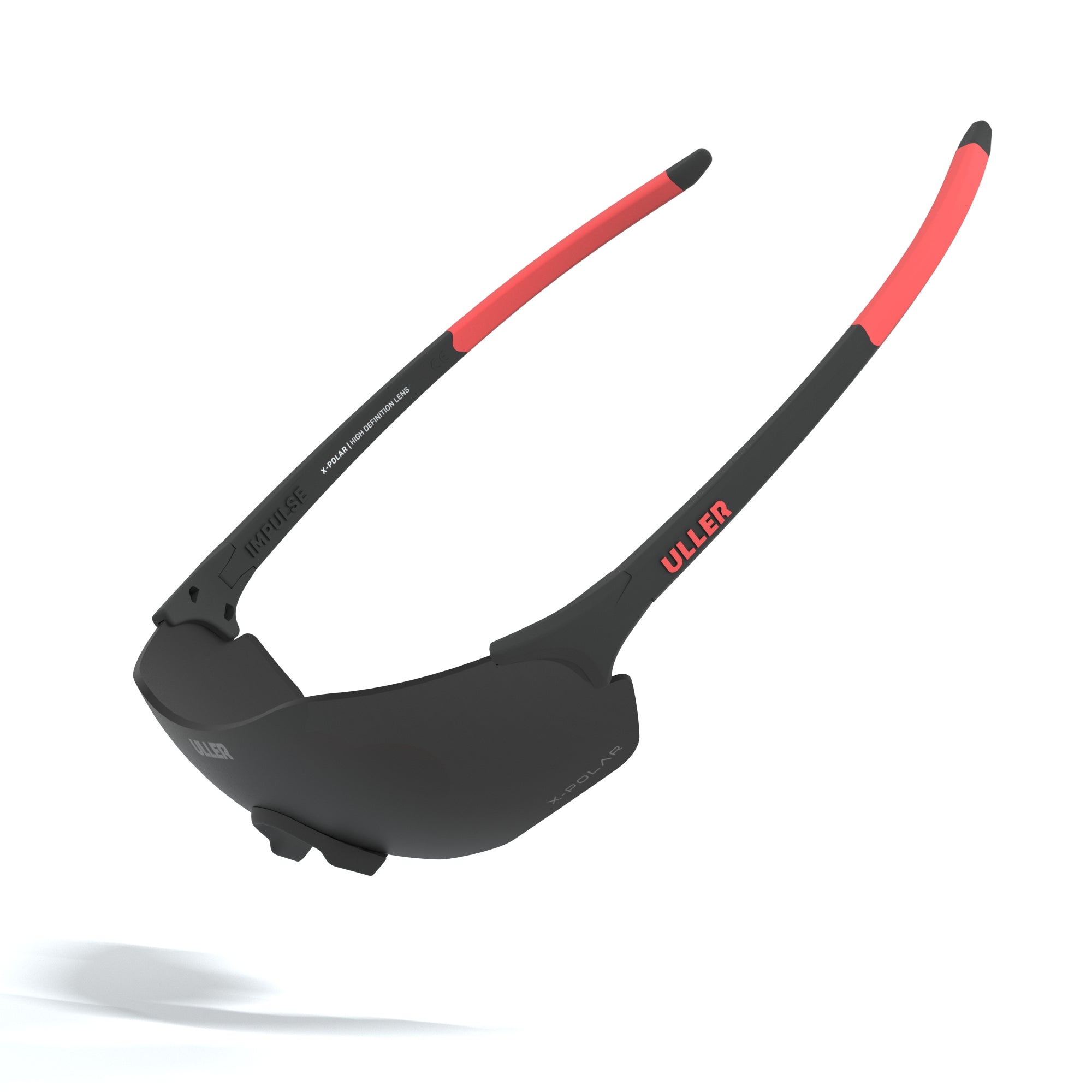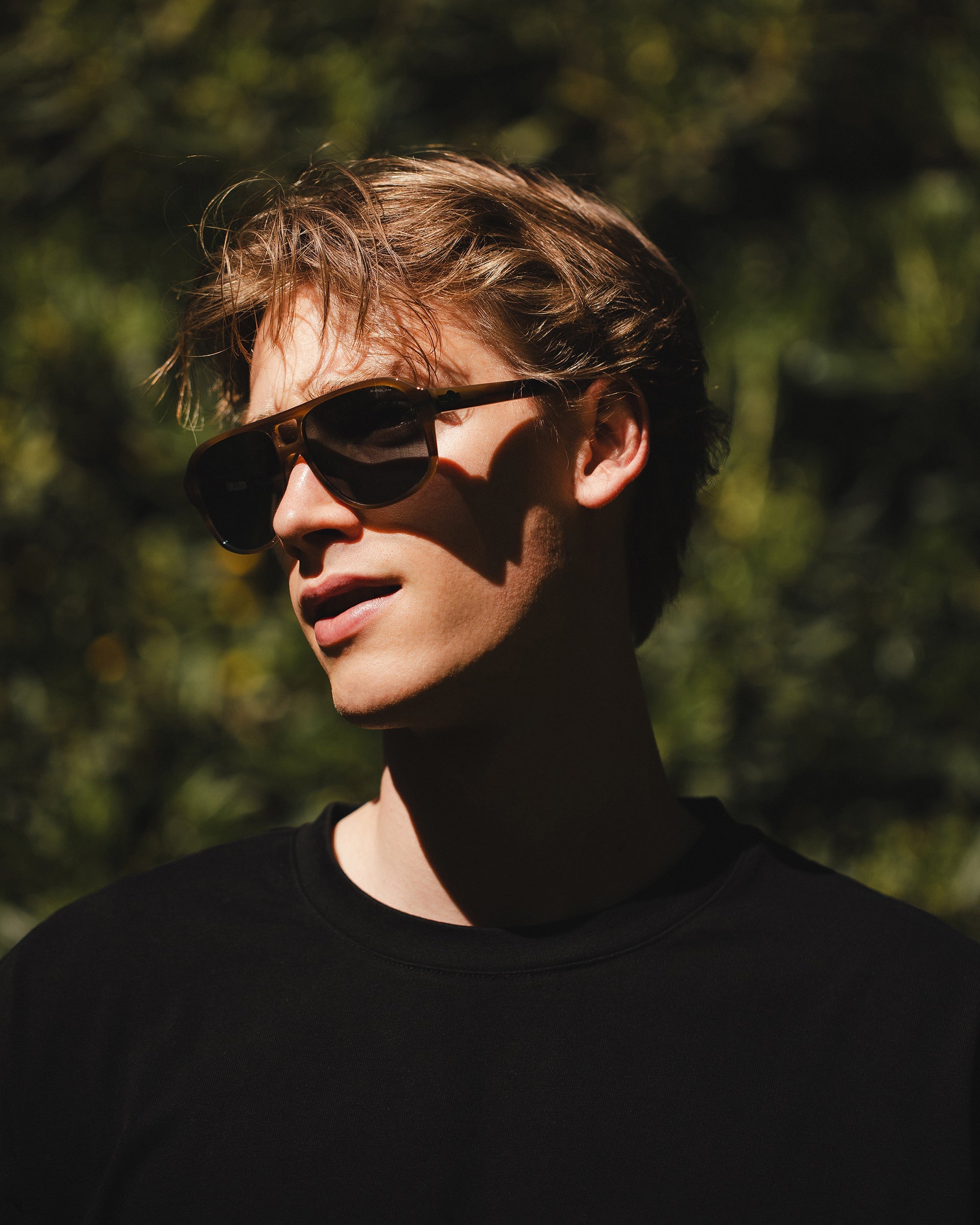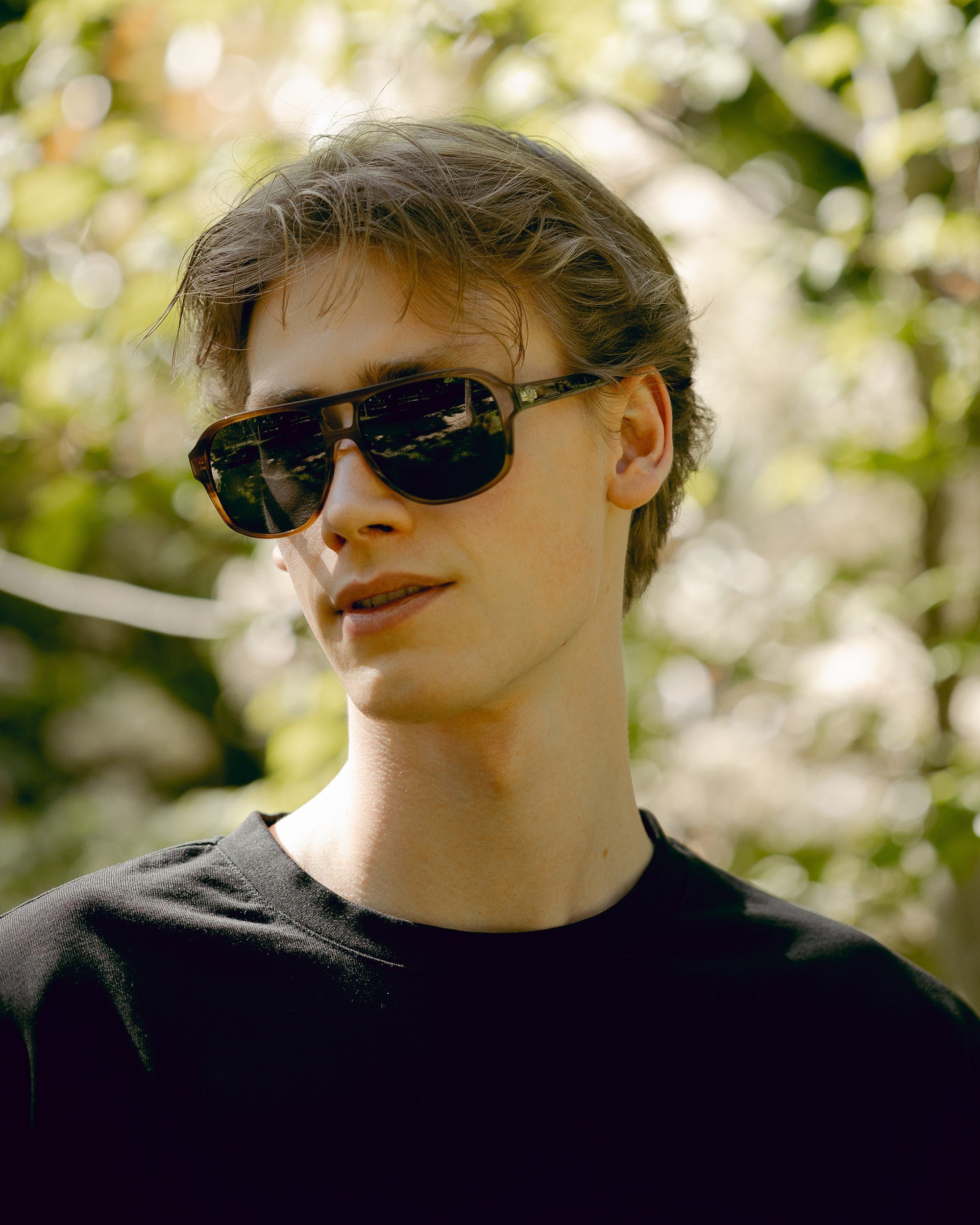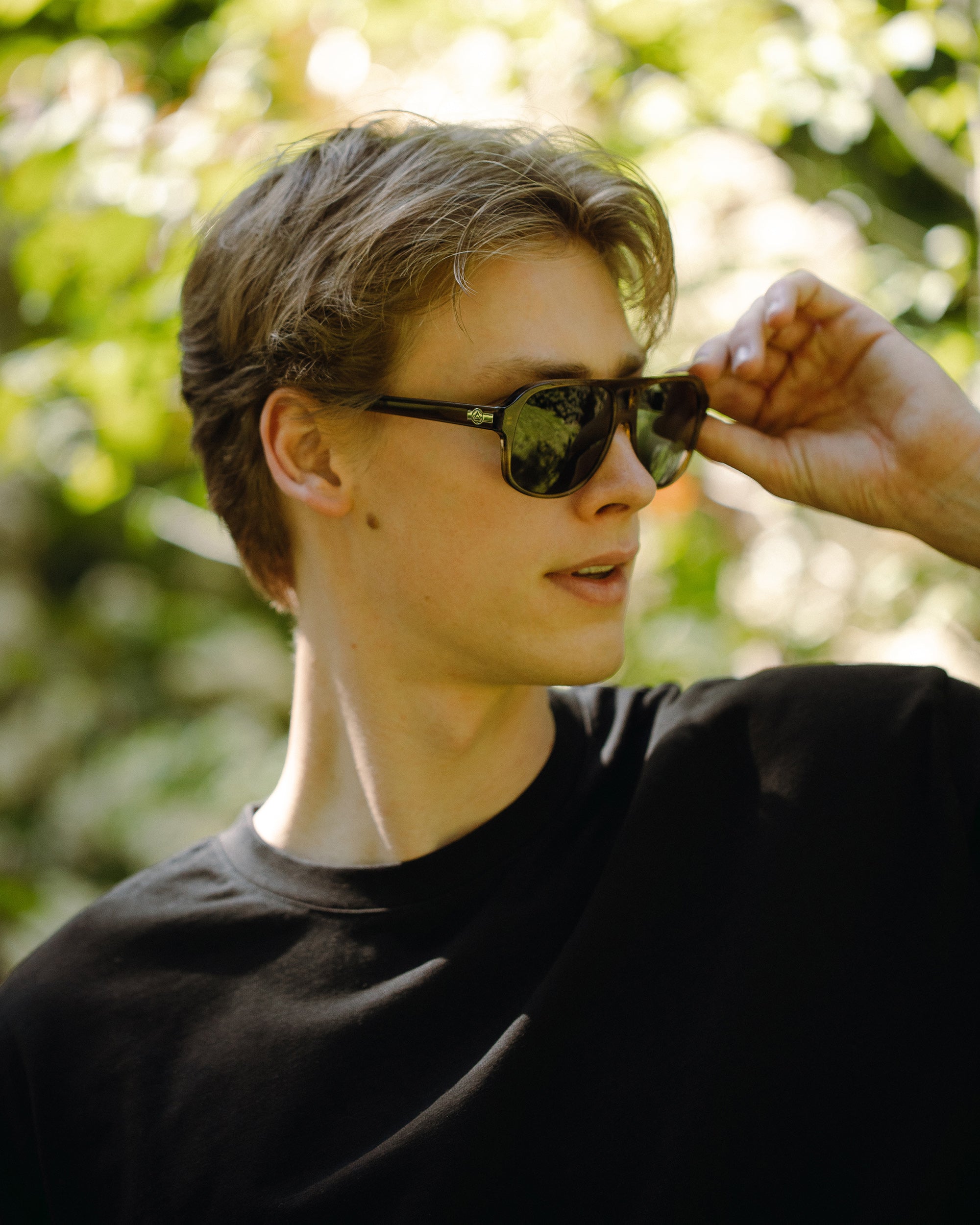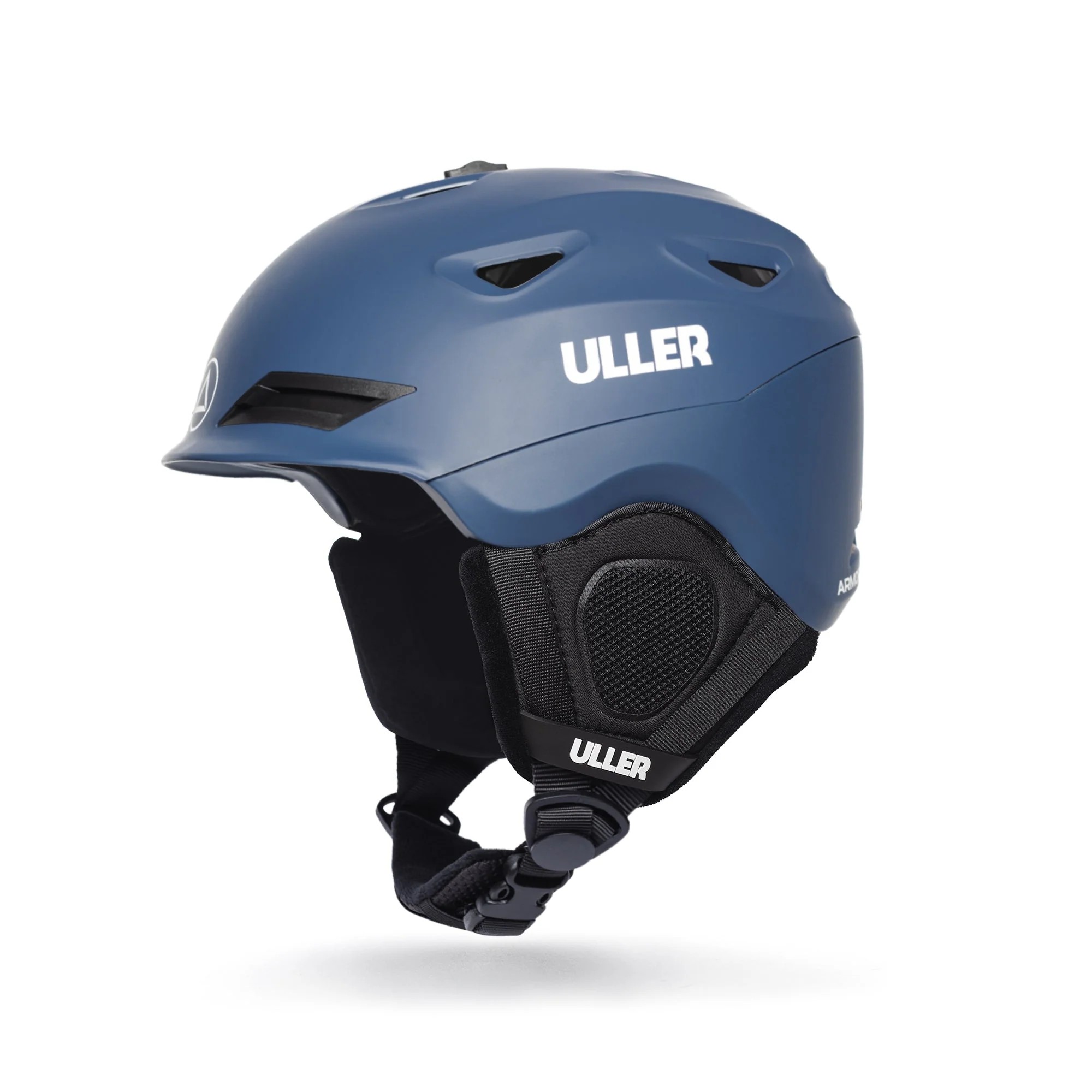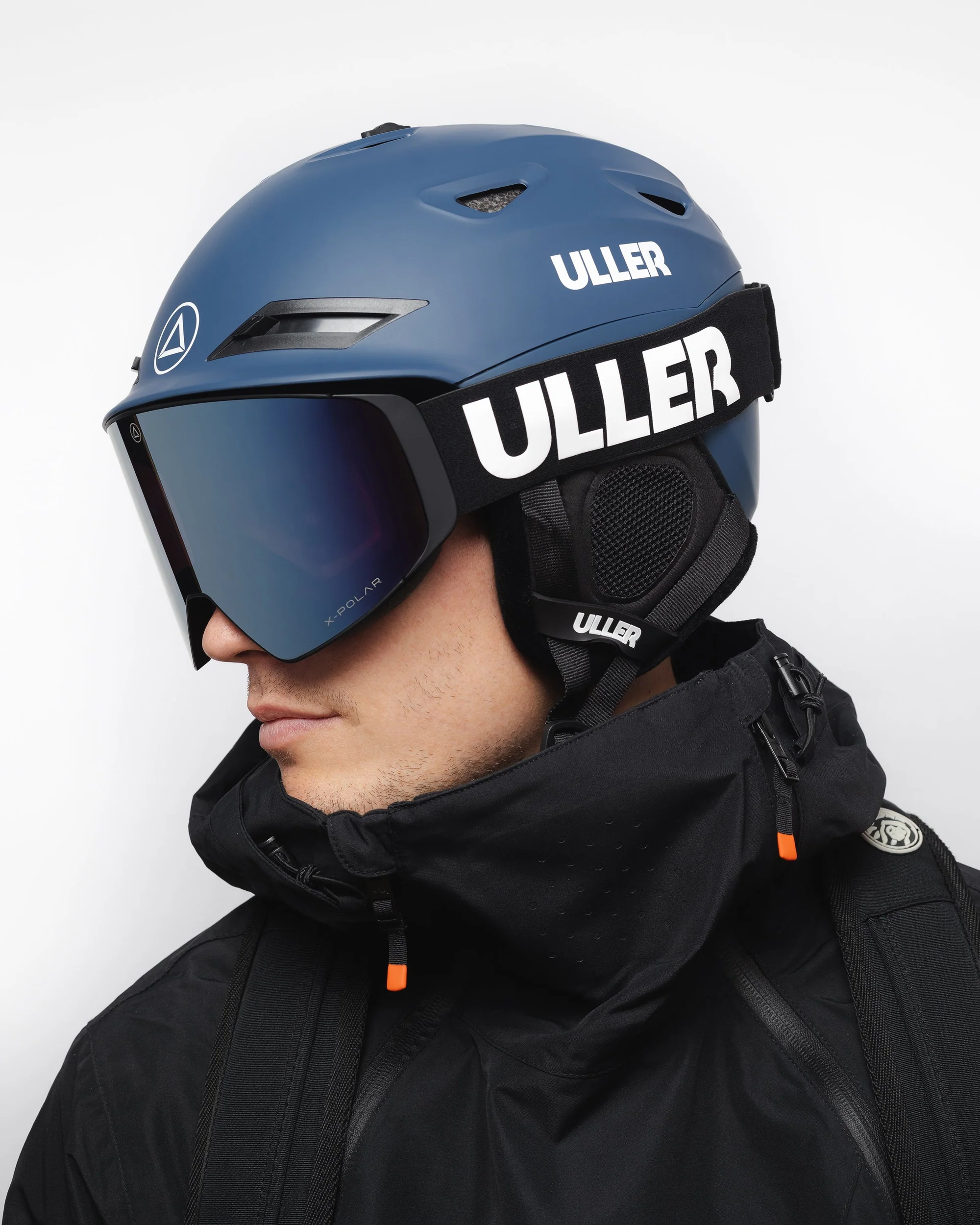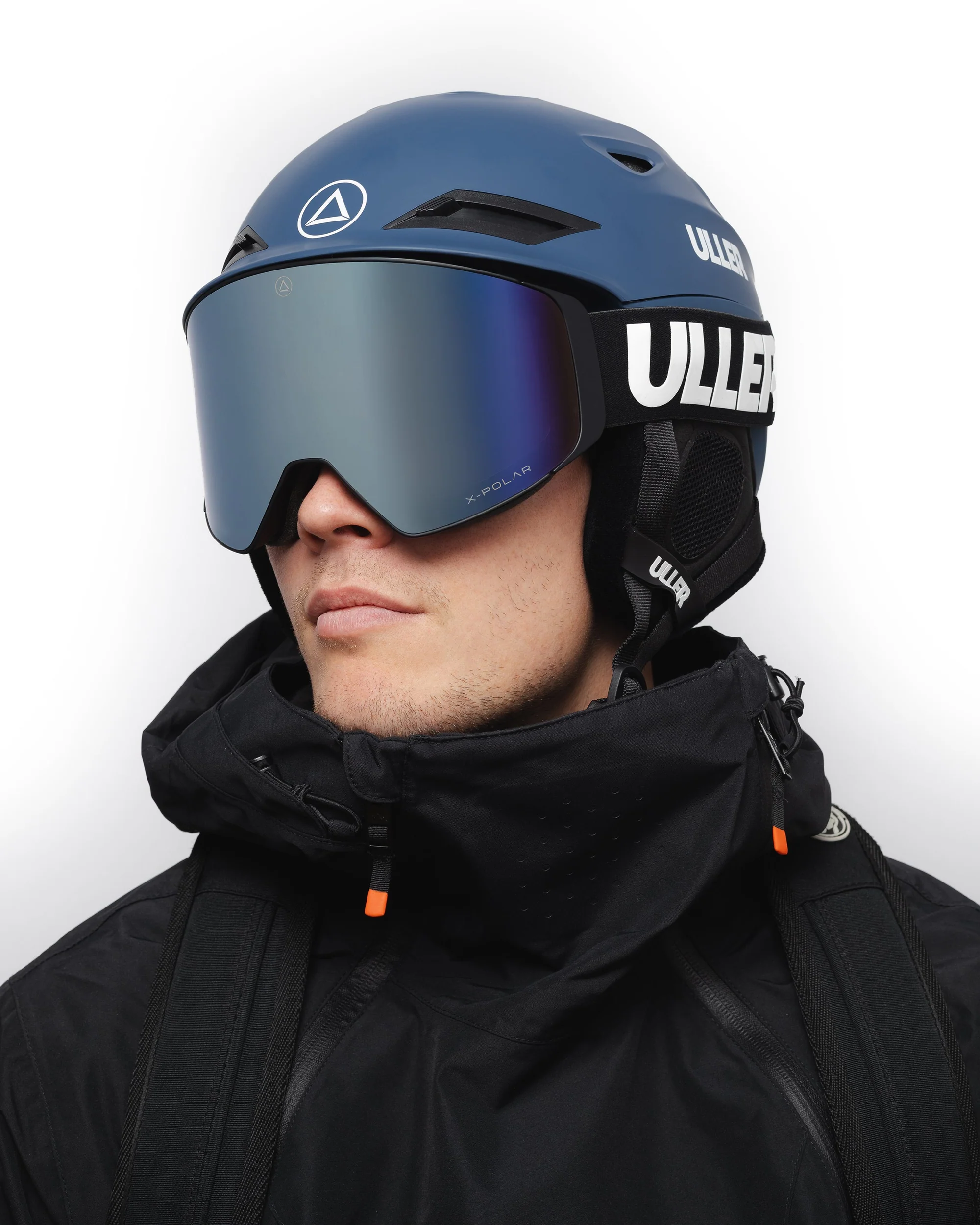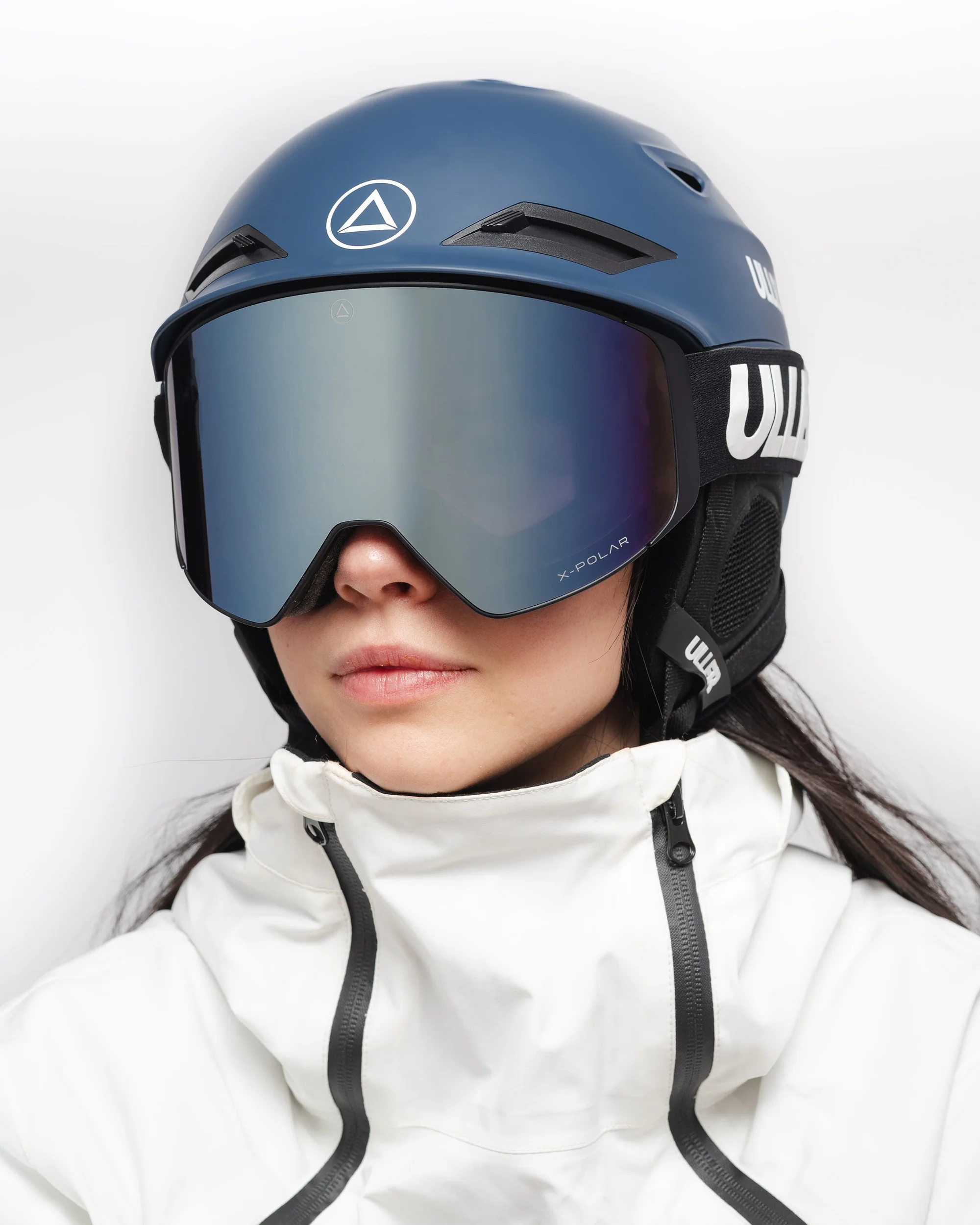WHAT ARE THE CHARACTERISTICS OF PHOTOCHROMIC LENSES?

This is why skins should not only be considered as an add-on, but as a security tool. In the market we will find as many as we want and with crystals of different colors, but, as we have said, it is not a fashion accessory, so it is not about choosing the color of crystal that best matches our suit, but rather each one. has a why. For example, browns are for sunny days, pinks are for cloudy skies, yellows are for heavy snowfall… and so on.
So, is it really necessary to have one type of glasses for every day? Do we need to carry our entire repertoire every time we go on the slopes? Of course not, and that is why we are going to present you some very chameleon-like lenses, optimal for the transition from sunny to cloudy in a few seconds: the photochromic lenses.

What are photochromic lenses? Specifically, it is a type of glass capable of detecting solar light intensity and thus darken or lighten depending on it, to favor vision. These lenses darken when capturing UV radiation and lighten when detecting the absence of sunlight. This will benefit us by not having to think about carrying spare parts in case the day goes wrong or we spend hours skiing and the sun goes down. The changes in light on the mountain are very frequent, since it can vary in just a few minutes even during the same time of day. Precisely for this reason, even if you are one of those who do not spend all day enjoying the skis, they will also benefit you.
THE PROGRESSIVE ECLIPSATION
So what exactly does “photochromic lenses” mean? How is this “magical effect” produced? The physiognomy of these is the transparency/neutrality of the glass in dark places since, thanks to silver or copper chloride, a progressive eclipsing occurs when we are in a bright exterior. This substance is photosensitive and blocks harmful ultraviolet radiation by absorbing it, ensuring the safety of our vision. In addition, they are completely compatible with any type of prescription and, although they are recommended for anyone, they are even more important for athletes.

The harmful and detrimental effects, both short and long term, that radiation produces on our health are widely known. But at the ocular level knowledge is not so widespread. The great importance of using an adequate material to protect our eyes is vital, since radiation can cause eye injuries such as the well-known “snow blindness”. This is the least of the complications, occurring only with exposure for a couple of hours, while if it is continued, the damage can be at the retinal level, very common in children and adolescents. Juan Carlos Martínez, president of the General Council of Colleges of Opticians-Optometrists, added that "the consequences of this ultraviolet radiation is that it accelerates the appearance of certain types of cataracts and age-related macular degeneration, two of the health problems eye more frequent during maturity". In more extreme cases we can even find the example of the runner Doug Swingley, who in the Iditarod Trail Sled Dog Race in 2004, had to leave the course due to a cornea frostbite injury. And it is that even the Inuits, who knew the great damage that the sun can cause in the white snow, made glasses with materials such as bones to block these solar impacts.

DIFFERENCE BETWEEN PHOTOCHROMIC LENSES AND POLARIZED LENSES
Once we are aware of the great importance in choosing a quality material, many doubts arise due to all the lens models out there, but the most common is the difference between photochromic and polarized lenses and is that, what is the difference? The function of polarized lenses is not to act by neutralizing UV impacts, but to eliminate the reflections that the sun projects on surfaces. In this way, it will prevent, for example, the sun's rays that hit the snow from disturbing our vision, in addition to reducing eye fatigue.
Photochromic lenses, for their part, seek light homeostasis, avoiding possible visual disturbances. These are the only lens model that performs this incredible effect. Medicine recommends this type of lens for mountain sports, made of a resistant material that filters UV radiation.
We know that each one has its advantages and that light regulation is just as important as reducing lightning strikes. For this reason, if you also think: “has it never occurred to anyone to mix both types?”, this interests you, because yes, we do. At Uller we are experts in providing you with Premium material, always taking care of your visual health, which is why we have our models of ski goggles with photochromic lenses, in addition to photochromic, they are also polarized. These, tested by professionals, vary from CAT.1 to CAT.3 in just a few seconds, adapting to any weather condition and with its UV-4000 protection. The most versatile lenses are in Uller, and since we imagine that after knowing this you won't want to wait to choose yours, we leave you here our snow models, completely suitable for colder climates.Where to buy them? Simply by clicking on the ski goggles section.

But there's something wrong with photochromic lenses, right? Like everything, they are not perfect and there is still a long way to go. One of them is the time it takes to darken or lighten, around 1 minute. The other is that this light sensitivity is activated only with sunlight, and not with artificial light, but since we didn't think of entering Marchica with them on either, this is not a problem, since they will always be ready to help us give everything on the track. . On the other hand, certain types of glasses with these lenses do not produce this light/dark effect in very low temperatures, which is not the case with our models, since they are created exclusively for snow sports.
QUESTIONS AND ANSWERS
-
WHAT DOES PHOTOCHROMIC LENSES MEAN?
Photochromic lenses are lenses that are sensitive to sunlight that darken or lighten depending on it, counteracting with the brightness of where we are. That is, if we are at a time of day with a lot of light, they will darken to favor vision, and they will also protect us from UV radiation.
-
WHICH ARE BETTER: PHOTOCHROMIC SUNGLASSES OR POLARIZED SUNGLASSES?
The functions of both are different. In the case of polarized ones, they do not neutralize the intensity of light, but rather eliminate the reflections that the sun projects on surfaces such as snow. At Uller our models have both functions, since they are polarized and photochromic at the same time.
-
WHEN SHOULD I WEAR PHOTOCHROMIC LENSES?
It can be used at any time and by anyone, everyone will get great benefits for their vision, but above all it is highly recommended for athletes who practice sports in the mountains or runners.
-
HOW DO PHOTOCHROMIC LENSES WORK?
This light-dark function is produced in a few seconds thanks to a substance that darkens the crystals and is activated by sun exposure, it does not work with artificial light.



